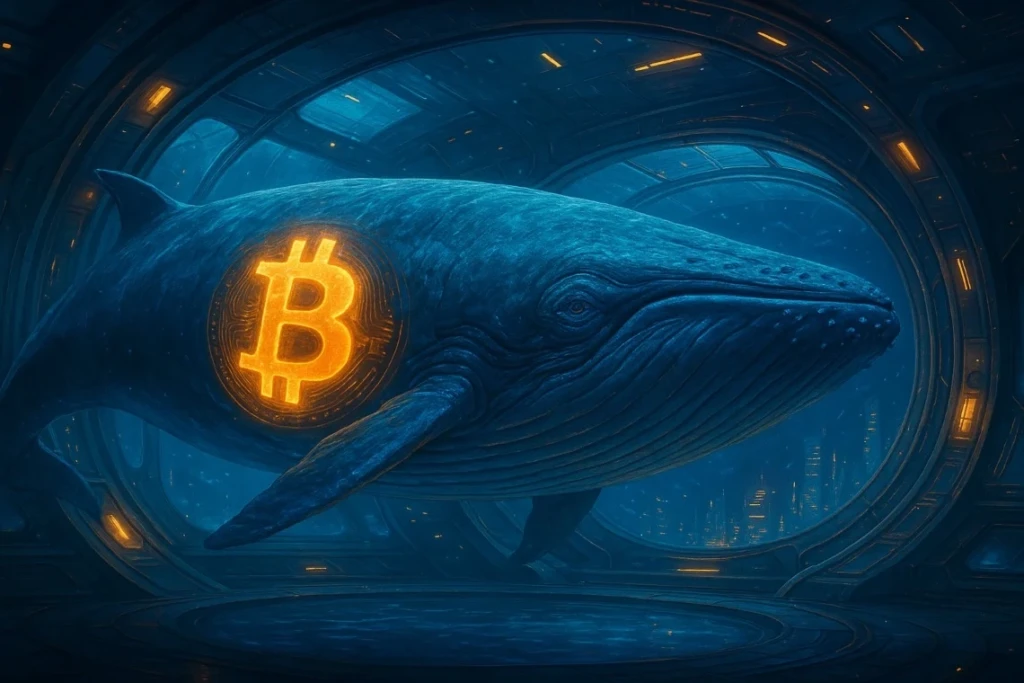Bitcoin, the world’s most famous cryptocurrency, has always been shrouded in mystery—not just in terms of its pseudonymous creator, Satoshi Nakamoto, but also in how its supply is distributed. Many investors and regulators alike ask the same question: Who owns 90% of Bitcoin today?
The answer is complex, layered with a mix of early adopters, crypto “whales,” institutions, and exchanges that hold Bitcoin on behalf of millions of retail users. Yet, despite Bitcoin’s narrative of decentralization, data suggests that a surprisingly small percentage of wallets control the majority of the supply.
Understanding Bitcoin’s Ownership Puzzle
Bitcoin is capped at 21 million coins, of which about 19.7 million have already been mined. The question of who owns 90% of Bitcoin today is less about individual holders and more about wallet concentration.
Blockchain analysis firms like Glassnode and IntoTheBlock provide on-chain data showing that:
- A few thousand addresses control over 70% of Bitcoin’s supply.
- Many of these addresses belong to centralized exchanges such as Binance and Coinbase, which hold Bitcoin on behalf of millions of retail users.
- Institutional investors like MicroStrategy, Tesla, and various Bitcoin ETFs also account for a growing share.
Thus, while ownership appears concentrated, the reality is more nuanced.
The Role of Bitcoin Whales
What is a Bitcoin Whale?
A “whale” refers to an entity that holds a massive amount of Bitcoin—often more than 1,000 BTC. These whales are a major factor in discussions about who owns 90% of Bitcoin today, since their holdings can influence price volatility.
The Largest Known Whales
- Satoshi Nakamoto: The mysterious creator is estimated to hold around 1.1 million BTC, untouched since the early days.
- Crypto Exchanges: Binance, Coinbase, and Bitfinex collectively hold more than 2 million BTC.
- Institutional Holders: MicroStrategy owns over 200,000 BTC, while Tesla famously purchased ~48,000 BTC (though it sold some later).
These concentrated holdings raise questions about how decentralized Bitcoin truly is.
Institutions and ETFs: A New Era of Ownership
One of the biggest shifts in who owns 90% of Bitcoin today has been the rise of Bitcoin ETFs and institutional adoption.
- The Grayscale Bitcoin Trust (GBTC) once held more than 600,000 BTC, though some of this has flowed into spot ETFs.
- In 2024, several U.S. spot Bitcoin ETFs were approved, leading to massive inflows of institutional capital.
- Pension funds and asset managers now have indirect exposure to Bitcoin.
This institutional dominance adds legitimacy but also centralizes Bitcoin within traditional finance—somewhat paradoxical for an asset designed to be decentralized.
Exchanges as Custodians of Bitcoin
While many people ask who owns 90% of Bitcoin today, a large portion is technically “owned” by exchanges. Coinbase alone controls over 1 million BTC in custodial wallets.
The issue here is custodial risk: if exchanges hold such a large percentage, then Bitcoin’s decentralization is undermined. Millions of users do not directly control their private keys, instead relying on third-party services.
“Not your keys, not your coins” remains a guiding principle in crypto, emphasizing that true ownership means holding your own private keys.
Retail Investors and Smaller Holders
Although whales dominate the charts, retail investors still form the backbone of Bitcoin’s global adoption. Millions of users worldwide own small fractions of BTC through apps, exchanges, and wallets.
The question who owns 90% of Bitcoin today can be misleading if taken at face value—because while ownership is concentrated, Bitcoin’s accessibility ensures that millions still participate in the ecosystem.
Risks of Concentrated Ownership
When investigating who owns 90% of Bitcoin today, one must also consider the risks of this concentration:
- Market Manipulation: Whales can influence prices with large transactions.
- Liquidity Risks: If exchanges experience hacks or insolvencies, billions in Bitcoin could be at risk.
- Regulatory Pressure: Governments could target major custodians to exert control over the market.
Bitcoin’s decentralization narrative clashes with these realities, raising questions about long-term stability.
FAQ: Who Owns 90% of Bitcoin Today?
Q1: Who owns 90% of Bitcoin today in 2025?
Most of Bitcoin’s supply is concentrated among whales, exchanges like Binance and Coinbase, and institutional investors such as MicroStrategy and Bitcoin ETFs.
Q2: Does Satoshi Nakamoto still own Bitcoin?
Yes. Satoshi is believed to hold around 1.1 million BTC, untouched since Bitcoin’s creation. This makes Satoshi one of the largest holders today.
Q3: Do retail investors control Bitcoin?
While millions of retail investors own small amounts, most of the supply is custodial—meaning exchanges technically hold it on their behalf.
Q4: Is Bitcoin really decentralized if 90% is owned by a few entities?
Decentralization in Bitcoin refers to its network and security, not just coin ownership. However, concentrated ownership raises concerns about price influence and systemic risks.
Q5: What happens if whales sell their Bitcoin?
Large whale sell-offs could trigger massive price drops, though markets have matured and liquidity is stronger compared to Bitcoin’s early years.
Conclusion: A Decentralized Idea, a Centralized Reality
So, who owns 90% of Bitcoin today? The answer reveals a paradox: while Bitcoin was built on decentralization, its ownership is heavily concentrated among whales, institutions, and exchanges.
This concentration doesn’t necessarily undermine Bitcoin’s value proposition, but it does mean the future of the asset will depend on how ownership evolves. As retail adoption grows and ETFs make Bitcoin accessible to mainstream investors, the market may see greater distribution.
Still, the ultimate lesson remains: true ownership lies in holding your own private keys. For Bitcoin to live up to its ethos, more users must embrace self-custody and reduce reliance on centralized intermediaries.

